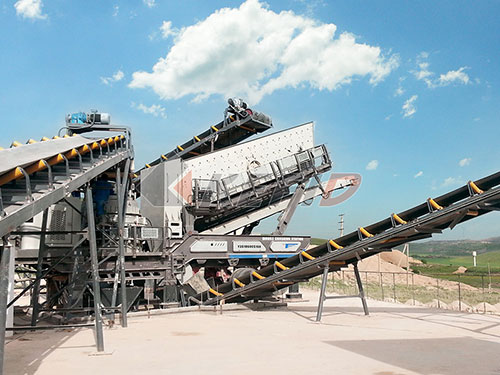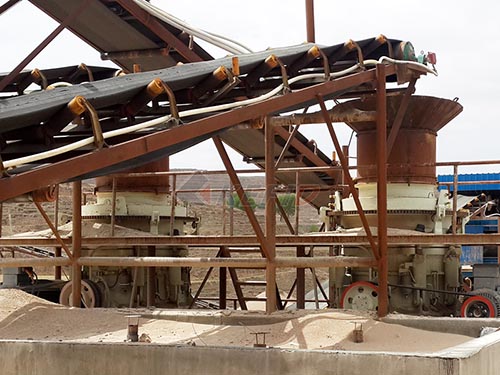The Critical Crucible: Decoding FLSmidth Crusher Concave Composition for Peak Performance
Within the demanding world of mineral processing and aggregate production, gyratory crushers stand as primary workhorses, tasked with reducing massive rocks into manageable sizes. At the heart of their crushing action lies a crucial component: the concave liners (often referred to collectively as the “concaves”). For FLSmidth crushers – renowned for their robust design and efficiency – the composition of these concaves is not merely a material choice; it’s a strategic engineering decision directly impacting productivity, cost-efficiency, and overall plant performance.
Understanding the Concave’s Role and Its Demanding Environment
Concaves form the stationary crushing surface against which the rotating mantle crushes incoming feed material. They endure relentless punishment:
1. Severe Abrasion: Constant grinding against hard rock particles.
2. High-Impact Loading: Shock loads from large rocks entering the chamber.
3. Compressive Stresses: Intense pressure during rock fracture.
4. Potential Corrosion/Erosion: Exposure to moisture and abrasive fines.

Failure modes are predominantly wear-related – thinning, cracking under fatigue, or spalling due to impact overloads. Selecting the optimal concave composition is paramount to maximize liner life (reducing costly downtime for changes) and maintain consistent product size distribution.
The Material Palette: FLSmidth’s Approach to Concave Composition
FLSmidth leverages deep metallurgical expertise to offer concaves tailored for specific applications and rock types. While proprietary alloys exist within their portfolio, compositions generally fall into key categories defined by microstructure and primary alloying elements:
1. Austenitic Manganese Steel (Hadfield Steel – ~11-14% Mn):
Composition Core: High manganese (Mn), carbon (C), often with chromium (Cr) additions (1-2%) for enhanced wear resistance.
Property: Exceptional toughness and work-hardening capability. Upon impact/abrasion, the surface layer hardens significantly (upwards of 500 HB), forming a wear-resistant shell while maintaining a tough core resistant to cracking.

FLSmidth Application Focus: Ideal for high-impact applications where shock loading is significant or tramp metal events are possible (e.g., primary gyratory crushers handling large feed). Provides excellent safety against catastrophic failure.
2. Martensitic White Irons (High-Chromium Iron – ~15-

Leave a Reply